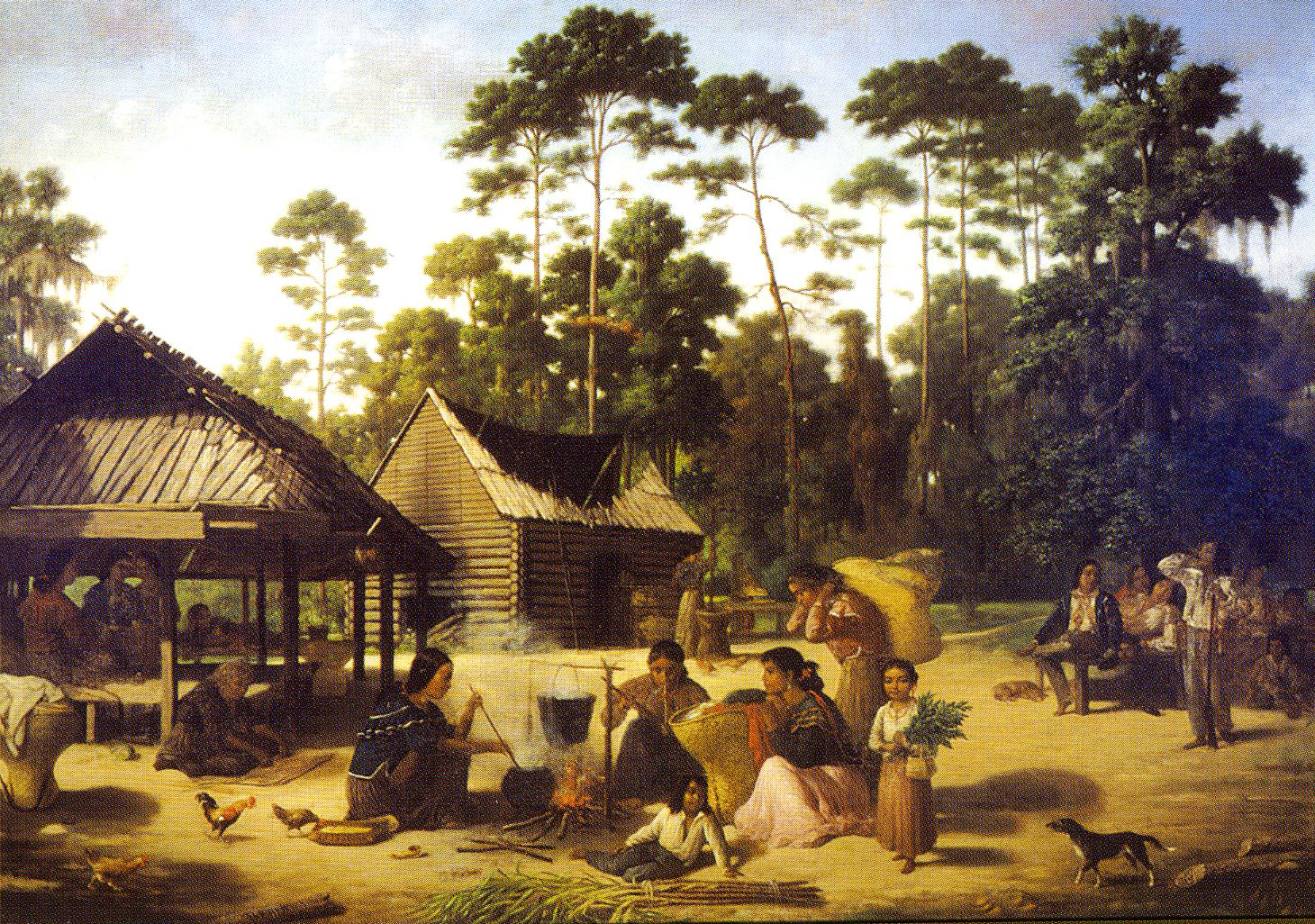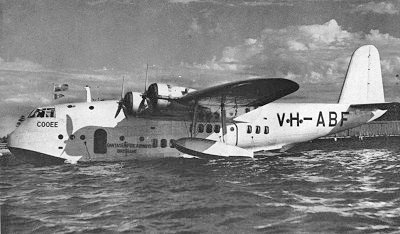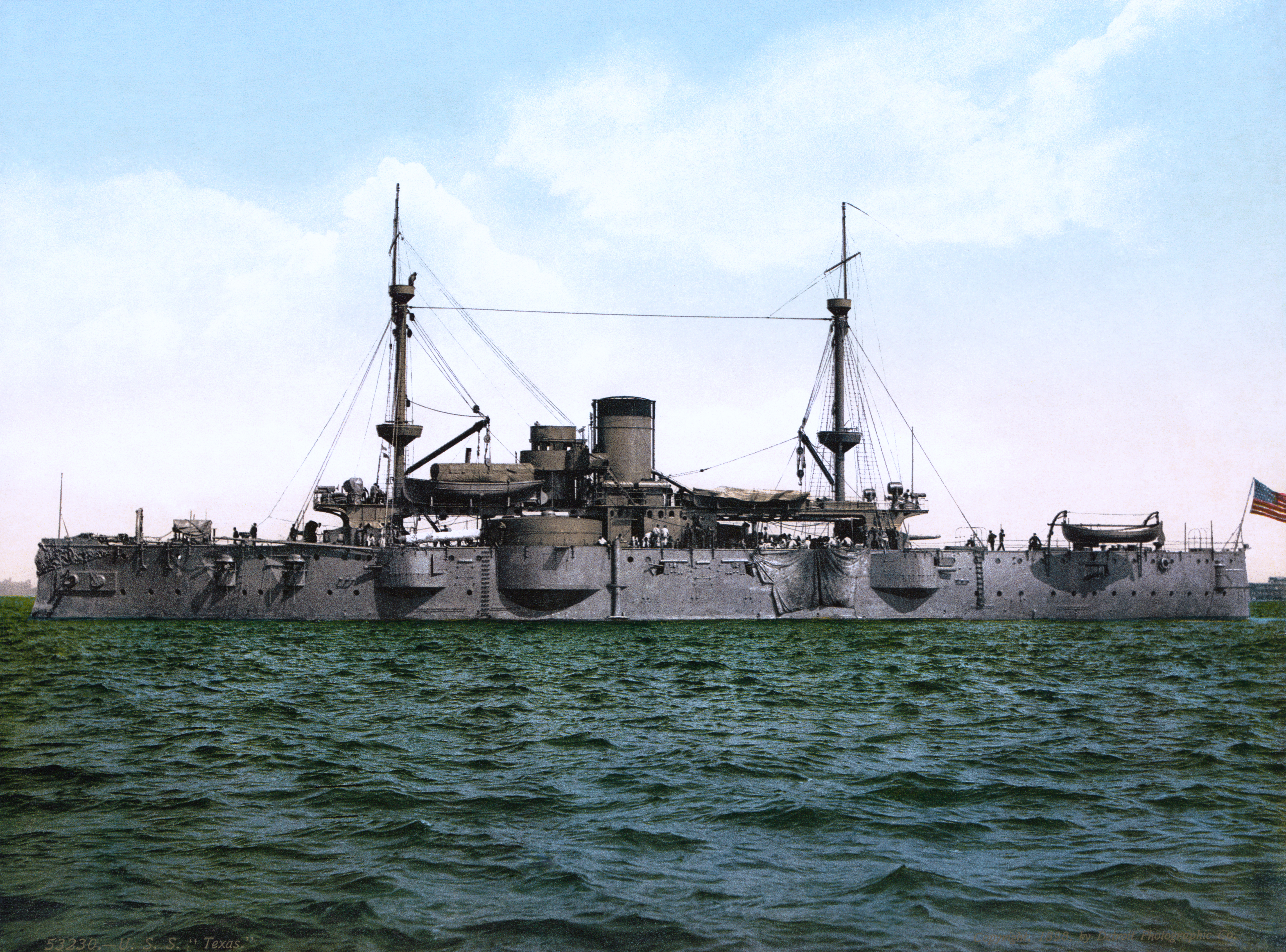|
USS Mississippi (BB-23)
USS ''Mississippi'' (BB-23) was the lead ship of the originally built by the US Navy in 1904–1908. The class was built to a design smaller than other American battleships as the result of a limit on displacement imposed by Congress as part of an effort to constrain costs. The ships were armed with a main battery of four , the standard for pre-dreadnought battleships of the time, but to secure that heavy primary armament, significant compromises in speed, secondary batteries, and armor protection were necessary to keep the ship within the prescribed displacement limit. ''Mississippi'' served with the Atlantic Fleet from 1909 to 1912, which consisted primarily of routine training operations. In 1910, she and other ships of the fleet visited Europe and in 1912, she carried marines to Cuba during civil unrest in the country. Too slow to operate effectively with the fleet, she was placed in reserve in 1912. ''Mississippi'' was reactivated in January 1914 for use as an aviation sup ... [...More Info...] [...Related Items...] OR: [Wikipedia] [Google] [Baidu] |
State Of Mississippi
Mississippi () is a state in the Southeastern region of the United States, bordered to the north by Tennessee; to the east by Alabama; to the south by the Gulf of Mexico; to the southwest by Louisiana; and to the northwest by Arkansas. Mississippi's western boundary is largely defined by the Mississippi River. Mississippi is the 32nd largest and 35th-most populous of the 50 U.S. states and has the lowest per-capita income in the United States. Jackson is both the state's capital and largest city. Greater Jackson is the state's most populous metropolitan area, with a population of 591,978 in 2020. On December 10, 1817, Mississippi became the 20th state admitted to the Union. By 1860, Mississippi was the nation's top cotton-producing state and slaves accounted for 55% of the state population. Mississippi declared its secession from the Union on January 9, 1861, and was one of the seven original Confederate States, which constituted the largest slaveholding states in the nat ... [...More Info...] [...Related Items...] OR: [Wikipedia] [Google] [Baidu] |
Lead Ship
The lead ship, name ship, or class leader is the first of a series or class of ships all constructed according to the same general design. The term is applicable to naval ships and large civilian vessels. Large ships are very complex and may take as many as five to ten years to build. Improvements based on experience with building and operating the lead ship are likely to be incorporated into the design or construction of later ships in the class, so it is rare to have vessels that are identical. The second and later ships are often started before the first one is completed, launched and tested. Nevertheless, building copies is still more efficient and cost-effective than building prototypes, and the lead ship will usually be followed by copies with some improvements rather than radically different versions. The improvements will sometimes be retrofitted to the lead ship. Occasionally, the lead ship will be launched and commissioned for shakedown testing before following ... [...More Info...] [...Related Items...] OR: [Wikipedia] [Google] [Baidu] |
Greek Language
Greek ( el, label= Modern Greek, Ελληνικά, Elliniká, ; grc, Ἑλληνική, Hellēnikḗ) is an independent branch of the Indo-European family of languages, native to Greece, Cyprus, southern Italy (Calabria and Salento), southern Albania, and other regions of the Balkans, the Black Sea coast, Asia Minor, and the Eastern Mediterranean. It has the longest documented history of any Indo-European language, spanning at least 3,400 years of written records. Its writing system is the Greek alphabet, which has been used for approximately 2,800 years; previously, Greek was recorded in writing systems such as Linear B and the Cypriot syllabary. The alphabet arose from the Phoenician script and was in turn the basis of the Latin, Cyrillic, Armenian, Coptic, Gothic, and many other writing systems. The Greek language holds a very important place in the history of the Western world. Beginning with the epics of Homer, ancient Greek literature includes many works of l ... [...More Info...] [...Related Items...] OR: [Wikipedia] [Google] [Baidu] |
Ottoman Empire
The Ottoman Empire, * ; is an archaic version. The definite article forms and were synonymous * and el, Оθωμανική Αυτοκρατορία, Othōmanikē Avtokratoria, label=none * info page on book at Martin Luther University) // CITED: p. 36 (PDF p. 38/338) also known as the Turkish Empire, was an empire that controlled much of Southeast Europe, Western Asia, and North Africa, Northern Africa between the 14th and early 20th centuries. It was founded at the end of the 13th century in northwestern Anatolia in the town of Söğüt (modern-day Bilecik Province) by the Turkoman (ethnonym), Turkoman tribal leader Osman I. After 1354, the Ottomans crossed into Europe and, with the Ottoman wars in Europe, conquest of the Balkans, the Ottoman Anatolian beyliks, beylik was transformed into a transcontinental empire. The Ottomans ended the Byzantine Empire with the Fall of Constantinople, conquest of Constantinople in 1453 by Mehmed the Conqueror. Under the reign of Sule ... [...More Info...] [...Related Items...] OR: [Wikipedia] [Google] [Baidu] |
Arms Race
An arms race occurs when two or more groups compete in military superiority. It consists of a competition between two or more states to have superior armed forces; a competition concerning production of weapons, the growth of a military, and the aim of superior military technology, the term is also used to describe any long-term escalating competitive situation where each competitor or competitive group focuses on out-doing others. Unlike a sporting race, which constitutes a specific event with winning interpretable as the outcome of a singular project, arms races constitute spiralling systems of on-going and potentially open-ended behavior. The existing scholarly literature is divided as to whether arms races correlate with war. International-relations scholars explain arms races in terms of the security dilemma, rationalist spiral models, states with revisionist aims, and deterrence models. Examples Pre-First World War naval arms race From 1897 to 1914, ... [...More Info...] [...Related Items...] OR: [Wikipedia] [Google] [Baidu] |
United States Occupation Of Veracruz
The United States occupation of Veracruz (April 21 to November 23, 1914) began with the Battle of Veracruz and lasted for seven months. The incident came in the midst of poor diplomatic relations between Mexico and the United States, and was related to the ongoing Mexican Revolution. The occupation was a response to the Tampico Affair of April 9, 1914, where Mexican forces had detained nine American sailors. The occupation further worsened relations, and led to widespread anti-Americanism in Mexico. Background US-Mexico relations were strained by the Mexican-American war. The expansionist policies of U.S. president James K. Polk, combined with the Mexican government's desire to retain control of Texas and Upper California, led to the outbreak of military conflict between the US and Mexico in 1846. The decisive US victory led to Mexico ceding 55% of its territory to the United States and a sense of animosity developing between the two nations. US-Mexico relations improved d ... [...More Info...] [...Related Items...] OR: [Wikipedia] [Google] [Baidu] |
Flying Boat
A flying boat is a type of fixed-winged seaplane with a hull, allowing it to land on water. It differs from a floatplane in that a flying boat's fuselage is purpose-designed for floatation and contains a hull, while floatplanes rely on fuselage-mounted floats for buoyancy. Though the fuselage provides buoyancy, flying boats may also utilize under-wing floats or wing-like projections (called sponsons) extending from the fuselage for additional stability. Flying boats often lack landing gear which would allow them to land on the ground, though many modern designs are convertible amphibious aircraft which may switch between landing gear and flotation mode for water or ground takeoff and landing. Ascending into common use during the First World War, flying boats rapidly grew in both scale and capability during the interwar period, during which time numerous operators found commercial success with the type. Flying boats were some of the largest aircraft of the first half of ... [...More Info...] [...Related Items...] OR: [Wikipedia] [Google] [Baidu] |
Naval Air Station Pensacola
Naval Air Station Pensacola or NAS Pensacola (formerly NAS/KNAS until changed circa 1970 to allow Nassau International Airport, now Lynden Pindling International Airport, to have IATA code NAS), "The Cradle of Naval Aviation", is a United States Navy base located next to Warrington, Florida, a community southwest of the Pensacola city limits. It is best known as the initial primary training base for all U.S. Navy, Marine Corps and Coast Guard officers pursuing designation as naval aviators and naval flight officers, the advanced training base for most naval flight officers, and as the home base for the United States Navy Flight Demonstration Squadron, the precision-flying team known as the Blue Angels. Because of contamination by heavy metals and other hazardous materials during its history, it is designated as a Superfund site needing environmental cleanup. The air station also hosts the Naval Education and Training Command (NETC) and the Naval Aerospace Medical Institute ( ... [...More Info...] [...Related Items...] OR: [Wikipedia] [Google] [Baidu] |
United States Fleet Forces Command
The United States Fleet Forces Command (USFF) is a service component command of the United States Navy that provides naval forces to a wide variety of U.S. forces. The naval resources may be allocated to Combatant Commanders such as United States Northern Command (USNORTHCOM) under the authority of the Secretary of Defense. Originally formed as United States Atlantic Fleet (USLANTFLT) in 1906, it has been an integral part of the defense of the United States of America since the early 20th century. In 2002, the Fleet comprised over 118,000 Navy and Marine Corps personnel serving on 186 ships and in 1,300 aircraft, with an area of responsibility ranging over most of the Atlantic Ocean from the North Pole to the South Pole, the Caribbean Sea, Gulf of Mexico, and the waters of the Pacific Ocean along the coasts of Central and South America (as far west as the Galapagos Islands). In 2006 the U.S. Atlantic Fleet was renamed United States Fleet Forces Command. The command is base ... [...More Info...] [...Related Items...] OR: [Wikipedia] [Google] [Baidu] |
Battleship Secondary Armament
Secondary armament is a term used to refer to smaller, faster-firing weapons that were typically effective at a shorter range than the main battery, main (heavy) weapons on military systems, including battleship- and cruiser-type warships, tanks/armored personnel carriers, and rarely other systems. The nature, disposition, size and purpose of Naval secondary weapon systems changed dramatically as the threat changed from torpedo boats, to torpedo-carrying destroyers, to aircraft, to anti-ship missiles. Naval Pre-dreadnought era Pre-dreadnoughts, from the period 1890 to 1905, were typically fitted with 3 or 4 different calibres of weapon. The main guns were usually approximately 12-inch caliber, secondary weapons usually 6-inch but typically in the range 5-inch to 7.5-inch. Guns smaller than 4.7-inch are usually considered "tertiary". (Many pre-dreadnoughts also carried 9.2 to 10-inch "secondary" guns, but they are usually treated instead as a mixed-caliber main armament. ... [...More Info...] [...Related Items...] OR: [Wikipedia] [Google] [Baidu] |
Pre-dreadnought Battleship
Pre-dreadnought battleships were sea-going battleships built between the mid- to late- 1880s and 1905, before the launch of in 1906. The pre-dreadnought ships replaced the ironclad battleships of the 1870s and 1880s. Built from steel, protected by case-hardened steel armour, and powered by coal-fired triple-expansion steam engines, pre-dreadnought battleships carried a main battery of very heavy guns in fully enclosed rotating turrets supported by one or more secondary batteries of lighter weapons. In contrast to the multifarious development of ironclad warships in preceding decades, the 1890s saw navies worldwide start to build battleships to a common design as dozens of ships essentially followed the design of the Royal Navy's . The similarity in appearance of battleships in the 1890s was underlined by the increasing number of ships being built. New naval powers such as Germany, Japan, the United States, and to a lesser extent Italy and Austria-Hungary, began to estab ... [...More Info...] [...Related Items...] OR: [Wikipedia] [Google] [Baidu] |
Main Battery
A main battery is the primary weapon or group of weapons around which a warship is designed. As such, a main battery was historically a gun or group of guns, as in the broadsides of cannon on a ship of the line. Later, this came to be turreted groups of similar large-caliber naval rifles. With the evolution of technology the term has come to encompass guided missiles as a vessel's principal offensive weapon, deployed both on surface ships and submarines. A main battery features common parts, ammunition, and fire control across the weapons which it comprises. Description In the age of cannon at sea, the main battery was the principal group of weapons around which a ship was designed, usually its heavies. With the coming of naval rifles and subsequent revolving gun turrets, the main battery became the principal group of heaviest guns, regardless of how many turrets they were placed in. As missiles displaced guns both above and below the water their principal group became ... [...More Info...] [...Related Items...] OR: [Wikipedia] [Google] [Baidu] |




.jpg)



.jpg)
